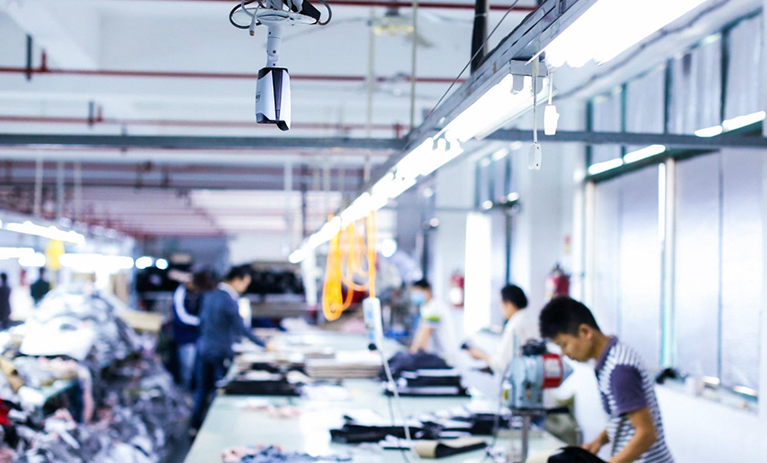
Garment enterprises in Asian countries face challenges in 2021
In some Asian developing countries, garment manufacturing industry has become one of the pillars of domestic economy. With the outbreak of COVID-19 in the world, shops and stores in North America and Europe as the worst hit areas have been closed down, and the major apparel brands have cancelled billions of orders, leading to the loss of clothing sold by these Asian countries. <br />
<br />
<p>
Not only that, the European and American enterprises affected by the epidemic also asked some garment enterprises in Asian countries to significantly reduce the ex factory price on the grounds of irresistible factors in the contract. As a result, hundreds of factories in Phnom Penh, Cambodia, Dhaka, Bangladesh and Yangon, Myanmar were forced to close. <br />
<img src="/attached/image/20210507/20210507135247_9689.jpg" alt="" /><br />
According to the estimation of the World Trade Organization (WTO), the export volume of clothing products accounts for about 85% of the total export volume of Bangladesh, which has brought more than 4 million jobs to the country; In Cambodia, nearly 20% of all households have members working in the sewing industry. Clothing, shoes and backpacks account for 75% of the country's total exports. In addition, Vietnam and India are also major exporters of clothing products. <br />
<br />
In Cambodia, about 260 garment factories have stopped production. Among them is a clothing factory called gladpeer, which is called H & amp; M. Carrefour and other enterprises produce all kinds of clothing. In April, the company laid off more than 3500 local workers in Cambodia. "Without new orders, they have no choice but to close indefinitely," said Albert Tan, general manager of the company. The buyer didn't make it clear when there will be a substantial business return, and the possibility of reopening the factory this year seems increasingly slim. "<br />
<br />
It is reported that with a large number of garment factories closing down, hundreds of thousands of garment workers in Asia will be laid off or temporarily unemployed, most of them women. Although the wages of these workers are not high, their income can be guaranteed, and they can get standard working meals, basic medical care and education, so as to create basic conditions for their relatives to find higher income jobs. <br />
<br />
In recent months, many garment factory workers have returned to their hometown villages. Having lost their source of income, they have to live frugally, even by borrowing money. According to the prediction of the Asian Development Bank, the economic growth rate of developing countries in the Asian region this year is only 0.1%, the lowest level in 60 years. Affected by the epidemic, the number of poor people in the world (living on less than $1.9 a day) will increase by 71 million to 100 million this year. This is a strong rebound since 1998. About half of the new poor people are mainly concentrated in Southeast Asia. This is certainly not good news for Asian countries with garment manufacturing as an important economic pillar.
</p>
